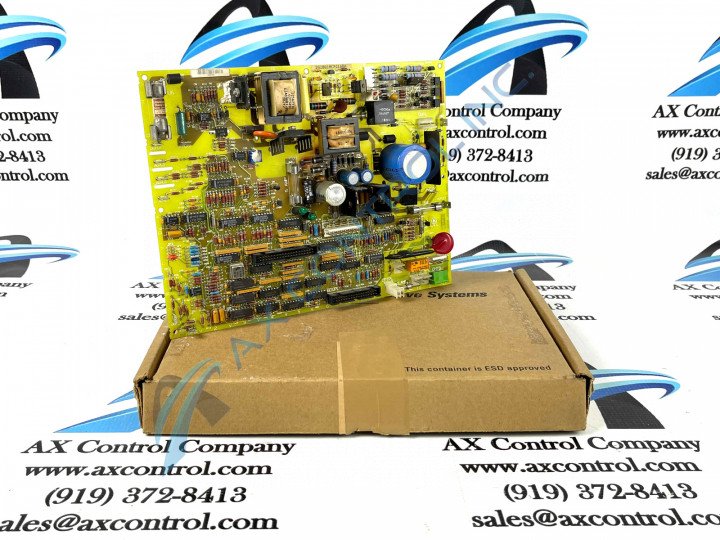About the DS200IMCPG1AEA
This DS200IMCPG1AEA printed circuit board product offering from General Electric was originally manufactured for use in their Mark V Turbine Control System Series, as mentioned before. As you can surely tell by its full extended series name, this DS200IMCPG1AEA printed circuit board or PCB for short's greater Mark V Series has specific applications in the management and control systems of compatible wind, steam, and gas turbine automated drive assemblies, and is considered a General Electric legacy series due to its eventual manufacturing discontinuation in the years following its initial release. While the Mark V Turbine Control System Series that this DS200IMCPG1AEA product offering belongs to is considered a legacy series, it also exists as one of the final General Electric Mark product series to make use of their patented Speedtronic control system technology. This printed circuit board is truly better-defined by its official functional description as a Power Supply Interface Board, as it appears in original Mark V Series instructional manual materials. While this DS200IMCPG1AEA PCB is definable as a Power Supply Interface Board, the originally-introduced product of this functionality in the Mark V Series is the DS200IMCPG1AE parent Power Supply Interface Board missing the DS200IMCPG1AEA board's full three-fold revision history.
Hardware Tips and Specifications
This DS200IMCPG1AEA Power Supply Interface Board adopts its own series of functionality-introducing hardware components and component specifications, and is additionally supported by a well-documented installation procedure. The GE IAC2000I Power Supply Interface Board DS200IMCPG1AEA can be connected through a cable to the DS200SDCC Drive Control Board. Connect the cable to the 1PL connector on the Drive Control Board. The GE IAC2000I Power Supply Interface Board DS200IMCPG1AEA is populated with 8 separate fuses for the various functions of the board. If you suspect that a fuse has blown you can perform an inspection of the board and replace any fuses that have blown. First, remove all current to the drive by removing the fuses in the power supplies. If necessary, you can refer to someone familiar with the installation of the drive or someone familiar with the electrical wiring in the site. Wait twenty seconds for all power to leave the components of the board. Capacitors store power and need the twenty seconds to release any current stored in them. Use a current tester to make sure no current exists in the board. If you can inspect the board while it is still in the cabinet, do so and find any blown fuses. You might have to the remove the four screws used to retain the board in the cabinet. Obtain fuses that are identical to the blown fuses and don’t use fuses that have a different rating. Using a different rated fuse might cause damage to components on the board by subjecting them to higher current than the components can tolerate. Pull the blown fuse out of the connector and push the replacement fuse into the connector.
While the replacement of fuses in the assembly of this DS200IMCPG1AEA product offering is certainly important, the placement of this information on the DS200IMCPG1AEA personalized product page is more reminiscent of this DS200IMCPG1AEA PCB's general online unavailability of its originally-introduced instructional manual materials. With this noted lack being true, the DS200IMCPG1AEA functional product number itself takes on a new DS200IMCPG1AEA Board hardware identification importance, beginning with its dually-naming DS200 series tag. The DS200 tag at the very beginning of the DS200IMCPG1AEA functional product number reveals this DS200IMCPG1AEA PCB to be a domestically-manufactured product with a normal style of Mark V Series assembly. The DS200 series tag is followed in the DS200IMCPG1AEA functional product number by numerous other naming chunks detailing this DS200IMCPG1AEA board's IMCP functional product abbreviation, its normal style of PCB surface coating, its group one Mark V Series product grouping, and finally its three-fold revision history including two functional revisions and an artwork configuration revision; rated at grades of A, E, and A respectively.













